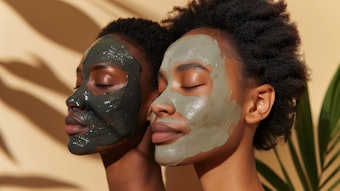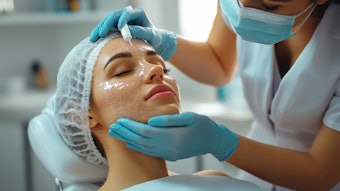
Every esthetic professional aspires to affect change in their client’s skin, whether it’s restoring it to a more youthful state, clearing up acne, brightening a dull complexion or bringing a compromised barrier to optimal health. While we have more options than ever before in terms of modalities, technologies and ingredients that aim to help us achieve just that, the challenge is no two skins are the same.
Affecting change in the skin truly requires a customized approach. Thankfully, advancements in skin care ingredients afford us the ability to build effective, preventative and corrective regimens to meet the needs of any skin type or challenge. Let’s explore how.
1. Advanced Enzymes
Enzymes are not new to the world of esthetics, but a deeper understanding of how they work and how they can be combined with other ingredients to increase efficacy has brought about a number of new advanced formulations. Through science, we now have ways to extract the enzymatic portion of botanicals to create far more potency and cellular support.
For example, tomato, through a specific extraction method, allows us to get the enzymatic properties as well as the antioxidant and strengthening support. The result is an active enzyme that still supports acne skin, but brings healing to the skin. Other advanced enzyme formulas include the following.
Papaya + pineapple+ hyaluronic acid + ascorbic acid. This combination, particularly when in a gel base, will liquify and bond with cells of the stratum to form a natural granular exfoliation to soften and remove dead cells, making the skin more absorbent to receive other rejuvenating topicals. Hyaluronic adds essential hydration, and papaya provides natural healing elements, making it ideal for a post-peel or rejuvenating treatment.
Lactic (L) acid + salicylic acid + papain. This unique acid and papain combination actually falls into the range of a mid-depth peel; however, it can be tolerated by most skin types. Being in a liquid form, this will work quickly to lift and stimulate cell turnover and is particularly beneficial after microdermabrasion.
Pomegranate/lactic (L) acid + retinol. A light exfoliation, the combination of lactic (L) acid and retinol produces rejuvenating results without the irritation that can occur with other acids. The addition of a potent antioxidant like pomegranate will support tissue repair and collagen synthesis, which makes this combination ideal for the eye area.
In the treatment room, enzymes may be used following a cleanser to accelerate the digestion process prior to a peel or rejuvenating treatment. Enzymes can also be blended with powdered vitamins and antioxidants like niacinamide, pomegranate, camu camu and flower extracts, to name a few. These formulations are relatively new to hit the market and can be used as boosters to enhance specific results such as cellular strengthening, reducing inflammation, brightening skin tone, increasing rejuvenation or smoothing fine lines.












